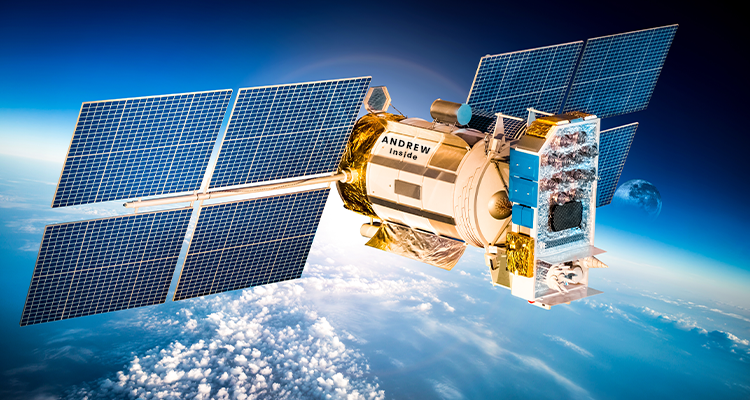At the Space Research Center WEFiM, work has begun on a device for analyzing “space weather.” The scientific instrument named ANDREW will measure the concentration of neutral particles and atomic oxygen in a rarefied atmosphere.
The project “Space Weather Nanosatellites System Enhancement” aims to provide satellite data regarding Earth’s magnetosphere and thermosphere. In collaboration with the European Space Agency (ESA), work is being carried out with a consortium that also includes the Polish Academy of Sciences Space Research Center and Creotech Instruments S.A.
“Space weather” encompasses phenomena observed on the Sun and in Earth’s magnetosphere that affect the functioning of power grids and communication systems on Earth, as well as electronic systems in space.
The project plans to send a satellite into orbit, which will be equipped with three independent research instruments. ANDREW, as a specialized mass spectrometer, will be adapted to measure the concentration of neutral particles and atomic oxygen. Its size is expected to be around two liters, and its weight will not exceed 2.5 kg.
Data from the measurements will be transmitted to Earth in near real-time, which is crucial for monitoring phenomena in the magnetosphere. The project’s Phase 0-A, which began on December 2nd and will last for nine months, aims to plan the mission and define all technical and functional aspects.
Ultimately, if the project receives ESA approval, the mission is expected to be realized in 2028, with a total estimated cost of several million euros. The implementation of the project will contribute to enhancing the European space weather monitoring system by introducing new, previously unused solutions.

